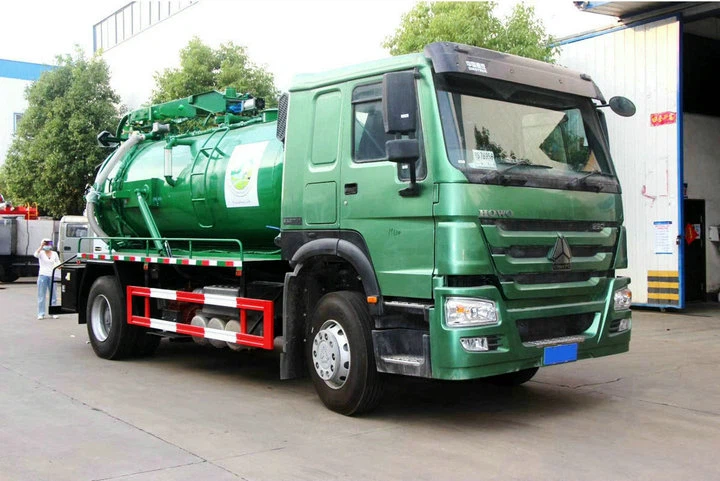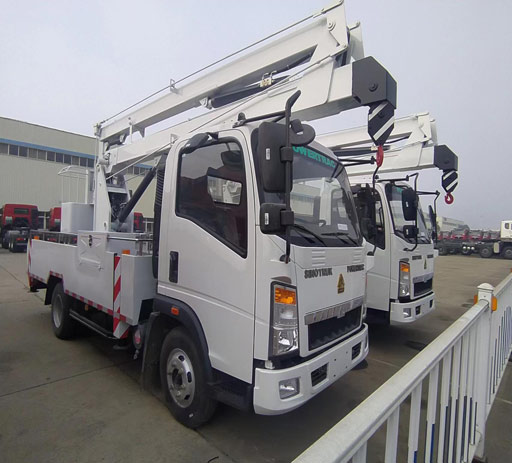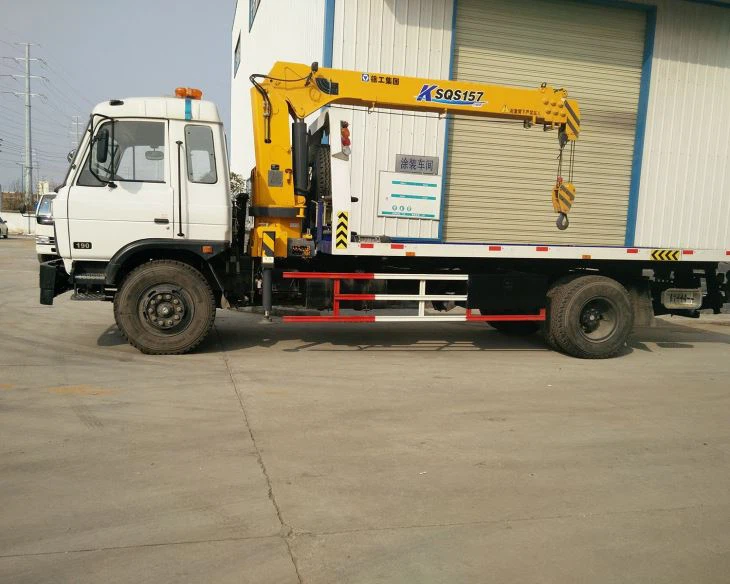How a Trash Truck Works: A Comprehensive Guide

Introduction
In today’s fast-paced world, managing waste effectively is critical for maintaining cleanliness and health in our communities. Trash trucks play a crucial role in waste collection, offering essential services that facilitate our daily lives. This article explores how a trash truck works, the different components involved, the various types of trucks, and everything you need to know about this vital part of our infrastructure. Join us as we delve into the fascinating mechanics of waste collection vehicles!
The Anatomy of a Trash Truck
Understanding how a trash truck functions begins with knowing its parts and systems. Here, we break down the various components that make up a typical trash truck.
1. Chassis
The chassis is the frame that supports the trash truck. It includes the vehicle’s axles, suspension system, and drivetrain. Manufacturers often design the chassis to withstand the heavy loads typical of waste collection operations.
2. Compaction System
The compaction system is one of the most important features of trash trucks. This system compresses the waste to maximize space, allowing trucks to carry more without increasing trips. It usually consists of:
- Compactor Blade: A heavy metal plate that pushes waste into a confined space.
- Hydraulic Cylinders: Devices that power the compactor blade for movement.
3. Storage Compartment
The storage compartment is where the waste is held before it is taken to a landfill or waste processing plant. This compartment varies in size based on the truck’s design and capacity.
4. Loading Mechanism
Trash trucks often feature loading mechanisms to efficiently pick up waste containers. These mechanisms may include:
- Manual Loading: Requires workers to physically throw waste into the truck.
- Automated Arm: A robotic arm that lifts and empties containers with minimal human interaction.
5. Controls and Instruments
Controls within the truck allow the driver to operate various functions, such as activating the compaction system or the loading mechanism. Instruments like hydraulic controls are critical for smooth operations.
How Trash Trucks Operate

Understanding how trash trucks operate involves looking at their collection process from start to finish. Here are the main steps involved:
1. Route Planning
Prior to heading out, waste management companies plan collection routes using software that optimizes efficiency. This step reduces fuel consumption and ensures timely pickups.
2. Pickup Process

The mechanics of the pickup process can vary but typically include:
- Approaching a designated stop.
- Activating the loading mechanism or manually loading waste.
- Compact the waste to make room for more.
3. Waste Transportation
After collecting waste from multiple stops, the truck heads to its designated waste processing facility. Here, the compaction system plays a critical role in ensuring that the truck carries as much waste as possible, reducing the number of trips required.
4. Disposal
Upon reaching the facility, waste is unloaded and sorted. Some materials may be recycled, while others may go to a landfill. Proper disposal means that trash trucks help maintain a clean environment.
Types of Trash Trucks
Not all trash trucks are created equal; various types serve different purposes. Here are some common types:
1. Front-Load Trucks
Front-load trucks have a large container at the front designed to lift and empty dumpsters. They are commonly used for commercial waste collection.
2. Rear-Load Trucks
Rear-load trucks feature a loading mechanism at the back, ideal for residential areas. They require manual loading, making them more suitable for neighborhoods with smaller waste containers.
3. Side-Load Trucks

Side-load trucks utilize an automated arm to lift and dump trash bins from the side, offering convenience for residential and commercial collections.
4. Roll-Off Trucks
Designed for construction and large-scale projects, roll-off trucks transport large containers for debris. They specialize in handling bulky waste that typical trucks cannot accommodate.
Maintenance and Safety Considerations
Regular maintenance is crucial for trash trucks to operate efficiently and safely. Below are some maintenance tips and safety measures:
1. Routine Inspections
Conduct daily inspections of critical components, including brakes, tires, and hydraulic systems. Regular checks help to identify issues before they become serious problems.
2. Cleaning and Sanitation
Keeping the truck clean is vital for hygiene. This includes washing the exterior and sanitizing the interior to prevent odors and contamination.
3. Operator Training
Proper training for truck operators is essential to ensure safety while operating heavy machinery. Training should cover handling equipment, route navigation, and emergency procedures.
Environmental Impact of Trash Trucks
Trash trucks play a vital role in urban sanitation, but they also have ecological footprints. Here’s how they affect the environment and what improvements are being made:
1. Emissions
Traditional trash trucks powered by diesel engines emit greenhouse gases. Therefore, many companies are shifting toward electric and alternative fuel vehicles to reduce their carbon footprint.
2. Reducing Waste
Educating communities about recycling and composting can significantly reduce waste volume, diminishing the need for extensive trash collection services.
Tips for Efficient Waste Disposal
To complement the efforts of trash trucks, residents can take the following steps to dispose of waste efficiently:
1. Separate Recyclables
Always separate recyclables from regular trash. Use clearly marked bins at home to make the process easier for waste collectors.
2. Use Proper Containers
Ensure your waste containers are the appropriate size and weight. This adherence prevents overloading trucks and reduces the risk of accidents.
Future of Trash Trucks
As technology advances, the future of trash trucks looks promising. Here are some upcoming trends in waste collection:
1. Autonomous Vehicles
Self-driving trash trucks may soon become a reality, enhancing safety and efficiency in waste collection.
2. Smart Waste Management
Integrating smart technologies, like sensors and GPS tracking, allows for better route planning and real-time updates on collection schedules.
Challenges Faced by Trash Truck Operators
Despite the advancements in trash truck technology, operators face several challenges:
1. Weather Conditions
Harsh weather, such as snow or rain, can impact collection schedules and make operations more difficult.
2. Urban Congestion
Heavy traffic can hinder trucks from following their routes efficiently. Planning alternative routes can help mitigate this issue.
3. Safety Risks
Trash truck operators often work in close proximity to pedestrians and other vehicles, which presents inherent safety risks. Implementing robust safety protocols can reduce accidents.
FAQs
1. How often do trash trucks collect waste?
The frequency of trash collection varies by location and community regulations, but typically, residential areas have weekly pickups, while commercial zones may have more frequent service.
2. Can trash trucks pick up bulky items?
Many trash services offer special bulk-item pickups, but you often need to schedule these in advance with your waste management provider.
3. What happens to the waste after it leaves the truck?
After collection, the waste is taken to a transfer station where it is sorted. Recyclables are separated, and the rest is sent to landfills or processing facilities.
4. Are electric trash trucks better for the environment?
Yes, electric trash trucks produce zero emissions during operation, significantly reducing their environmental impact compared to traditional diesel models.
5. How do automated arm trucks work?
Automated arm trucks use hydraulic systems to lift and empty containers without the need for manual labor, improving efficiency and reducing workplace injuries.
6. What are some safety measures for trash collection workers?
Safety measures include wearing proper protective gear, following traffic laws, and using proper lifting techniques to prevent injuries.
